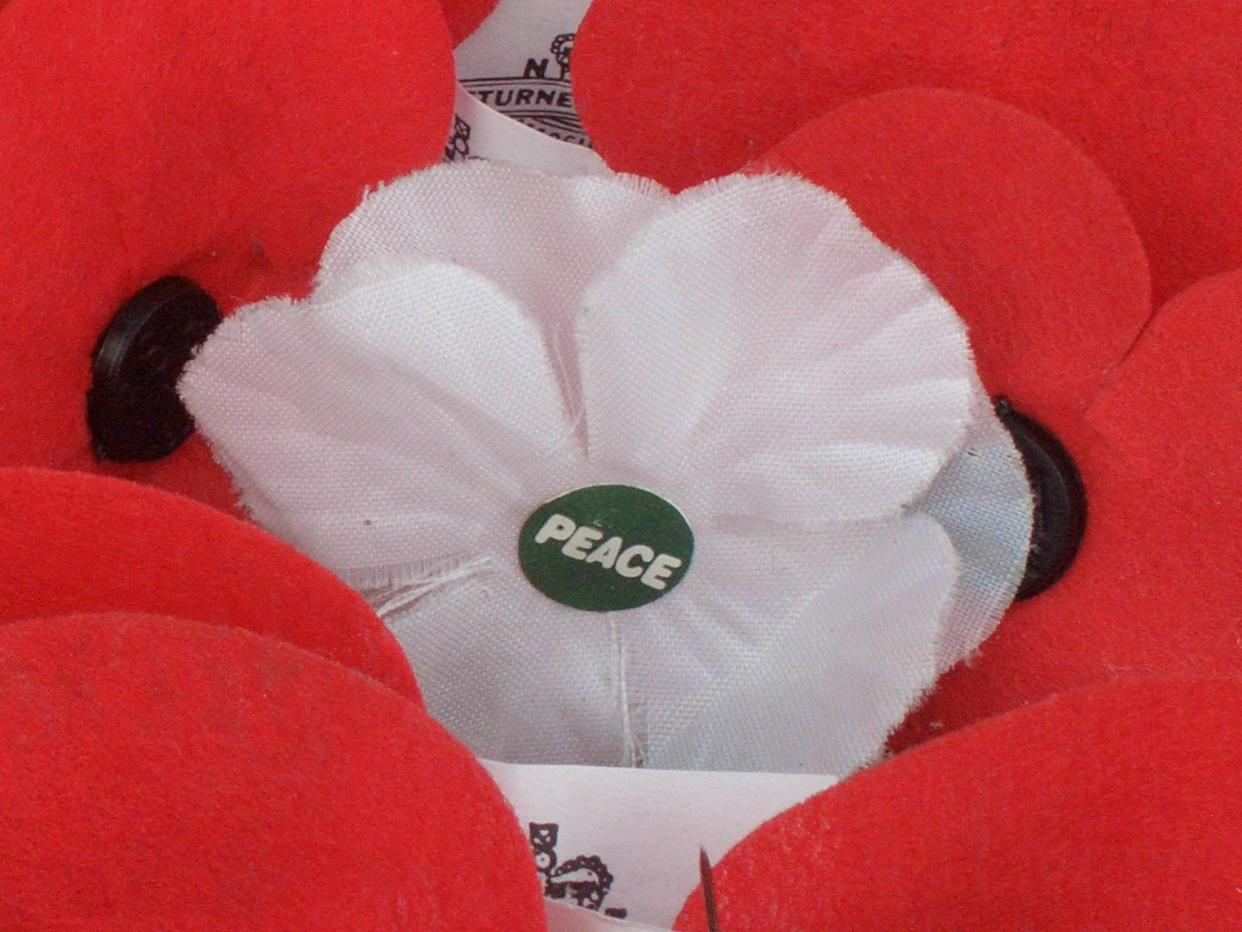Remembrance Day 2020: Why do some people wear a white poppy?

As Remembrance Day approaches, many people choose to wear a red poppy to commemorate the soldiers who have died in war. It is worn as a symbol of memory and hope, for those who gave their lives in battle.
The reason a poppy is worn is because, despite years of fighting and destruction of the landscape in western Europe during World War One, as the countryside was used as a battlefield, poppies continued to grow.
But today, some people choose to wear a white poppy instead.

What are white poppies and why do people wear them?
While the red poppy is worn specifically in honour of the armed forces and is distributed by the Royal British Legion, the white poppy, given out by the Peace Pledge Union (PPU), a pacifist organisation, serves as an alternative.
According to the PPU, it is intended to remember all victims of all wars, rather than just those in which British service people were involved.
It also demonstrates a commitment to peace and to challenging any attempt to glamourise or celebrate war.
Who created them?
The white poppies were first conceived by the Co-operative Women's Guild - a national organisation set up to provide women working in co-operatives a voice - in 1933, and they became used by non-violence and faith organisations. They were also frequently worn by the widows and children of dead soldiers.
Where can you buy them?
While it is common to see red poppies worn in the UK during the Remembrance period, with millions sold each year, only around 100,000 white poppies are sold annually and they are more difficult to get hold of.
You can buy white poppies from the PPU website here and red poppies from the Poppy Shop here.
Why do some people feel uncomfortable wearing a red poppy?
Some, including the PPU, believe that the red poppy has become politicised over the years. When it was first adopted, it represented mourning and served as a pledge that war must never happen again.
However, in recent years it has increasingly become utilised by political organisations, including Britain First, to promote their cause.
Others choose to eschew wearing poppies because of “poppy policing” or “poppy fascism” – in which people are lambasted for not wearing the flower.
“In Northern Ireland, for example, it became regarded as a Protestant Loyalist symbol because of its connection with British patriotism,” the PPU website claims.
“A growing number of people have been concerned about the poppy's association with military power and the justification of war.”
The Royal British Legion has a neutral attitude towards the alternative symbol. The organisation’s website says: “We have no objection to white poppies, or any group expressing their views.
“We see no conflict in wearing the red poppy alongside the white poppy. We do ask that the items are not offered alongside each other however as this would confuse the public.”
Read more
Cambridge condemns abuse of students after Remembrance Day debate


